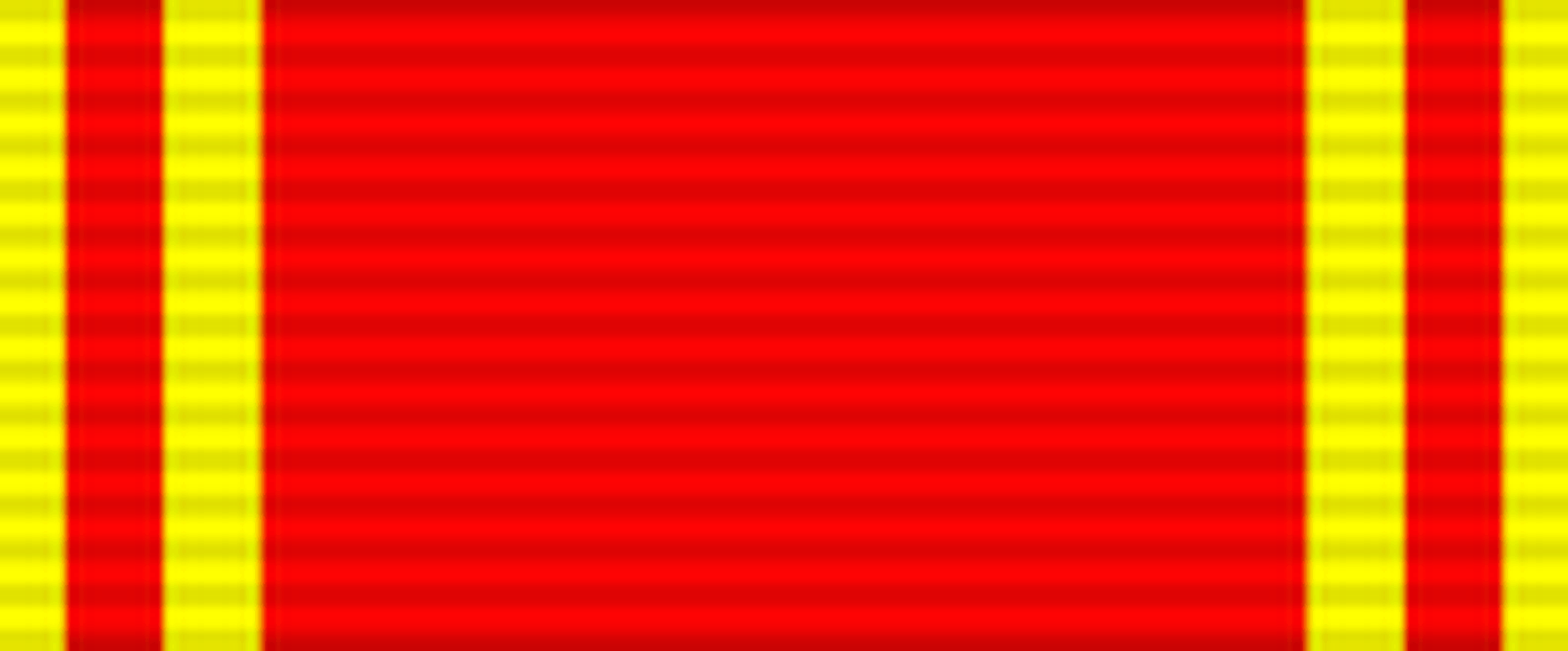
KONDRATETS IVAN YAKOVLEVICH
Private, Participant of World War II, The Hero of the Soviet Union (February 22, 1944)
He was born on June 22, 1919, in Priluki County, Poltava Oblast, Ukraine (now the regional center of Chernihiv Region, Ukraine). He was Ukrainian. He finished the 7th grade of the school. He worked in the Priluki branch of Soyuzpechat. In 1938, Osip was convicted of anti-Soviet propaganda for reading Mandelstam’s poems and sentenced to seven years in prison under Article 54-10 of the Criminal Code of the Ukrainian SSR.
In October 1942, he was released from the camp and sent to the Tashkent machine-gun school. But he did not have time to finish. In March 1943 he was sent to Jizzakh, to an echelon of being formed to be sent to the front.
He was sent as a shooter to the 3rd Battalion of the 184th Guards Rifle Regiment of the 62nd Guards Rifle Division. Until September 1943, the division was in the reserve of the Supreme Command Headquarters. On September 7, 1943, in Operation Poltava-Kremenchug, 37 armies followed the retreating enemy to the Dnieper. The 2nd and 3rd Battalions of the 62nd Guards Artillery Division were to cross the Dnieper and occupy the bridgehead of north of the village of Mishurin Rog.
On the night of September 28, 1943, the crossing began. After destroying the war guards on the river island, the paratroopers tried to cross to the right bank. At that moment, the Germans opened fire on the crossing. He placed at the front of the A-3 boat, and destroyed enemy firing points with a machine gun. As they approached the shore, a shell exploded, capsizing the boat and injuring some soldiers. He brought the gun and the wounded platoon commander ashore, returned to the water, and pulled out three more wounded soldiers.
He took the wounded to the paramedics, sneaked out on the right bank, and killed the German machine gunner with a grenade. He took command of the platoon, skillfully organized the defense, and ensured the passage of the battalion.
On September 28, 1943, the 3rd Battalion ended the crossing, successfully repulsed an enemy counterattack organized by Mishurin Rog, and expanded the occupied bridgehead. He personally destroyed more than 10 enemy soldiers in this battle.
By the Decree of the Presidium of the Supreme Soviet of the USSR of February 22, 1944, “For bravery in the battles for the Dnieper” he was awarded the title of Hero of the Soviet Union. But he could not get the reward.
On October 30, 1943, in Operation Pyatikhat, in retaliation for a German counterattack on the Ingulets River in the Krivoy Rog area, he took a cantus, fainted and fell to the Germans.
At the first opportunity, the prisoners escaped from the military camp, but were captured by the Germans and sent to the Noyengamme death camp. Unable to bear the torture, he agreed to cooperate with German intelligence. He attended a two-week training course of the Abwehr intelligence school and he was tasked with gathering information on the presence, number, and composition of Red Army units in the Suwalki-Rachki region of Poland, which was occupied by Soviet troops on November 9, 1944, as part of Operation “Tseppelin”. He immediately went to the nearest Soviet unit and told them everything.
They did not believe him because of his conviction. On January 13, 1945, he was convicted by the Military Court of the 3rd Belorussian Front under Article
58-1b of the Criminal Code of the RSFSR and sentenced to 15 years in prison on charges of treason. He served in the Special Camp № 8 of the Ministry of Internal Affairs of the USSR in Karaganda, Kazakh SSR.
On January 13, 1954, the Commission reconsidered his case. On July 23, 1955, by the decision of the Military Board of the Supreme Court of the USSR, the term of imprisonment was reduced to 10 years. He returned to his homeland and lived in the village of Varva, where his parents lived after the war.
On January 12, 1966, he was fully acquitted by a Decision of the Plenum of the Supreme Court of the USSR and the title of “The Hero of the Soviet Union” was returned to him.
He died on October 24, 2003. He was buried in the city-type village of Varva in the Chernihiv region of Ukraine.












